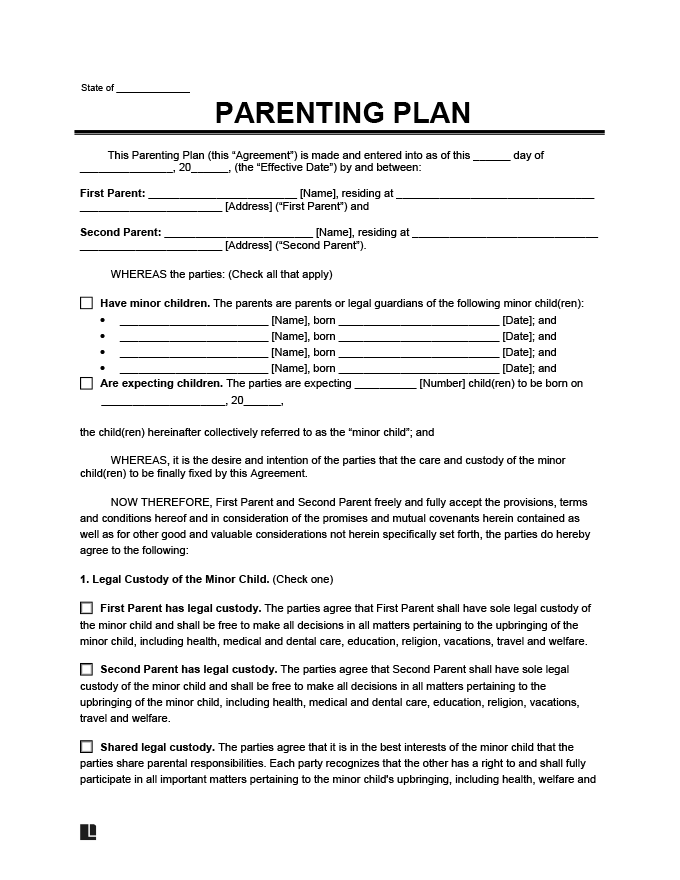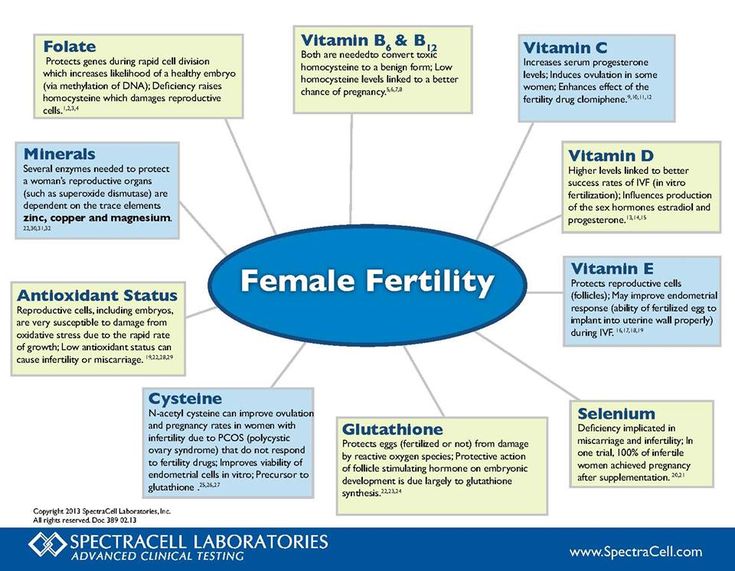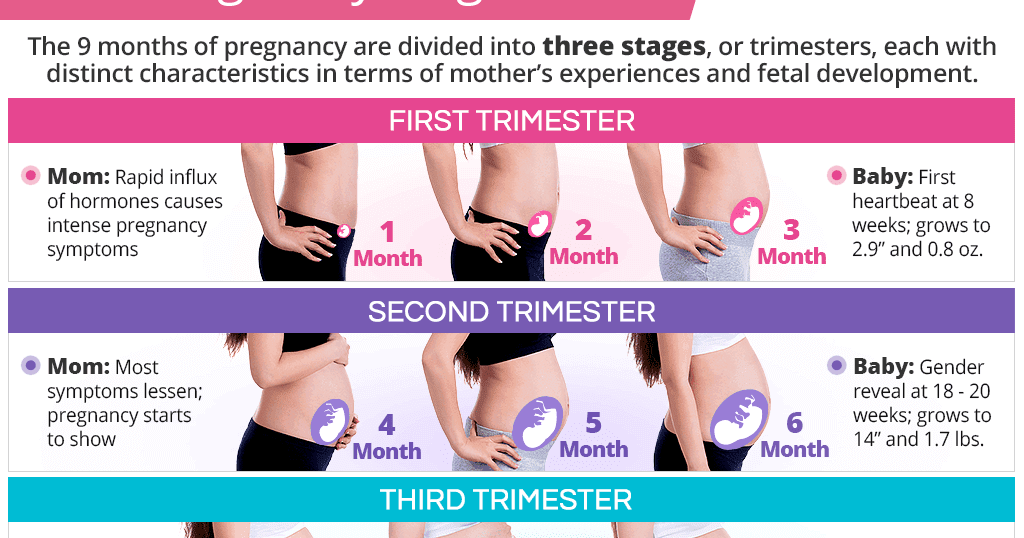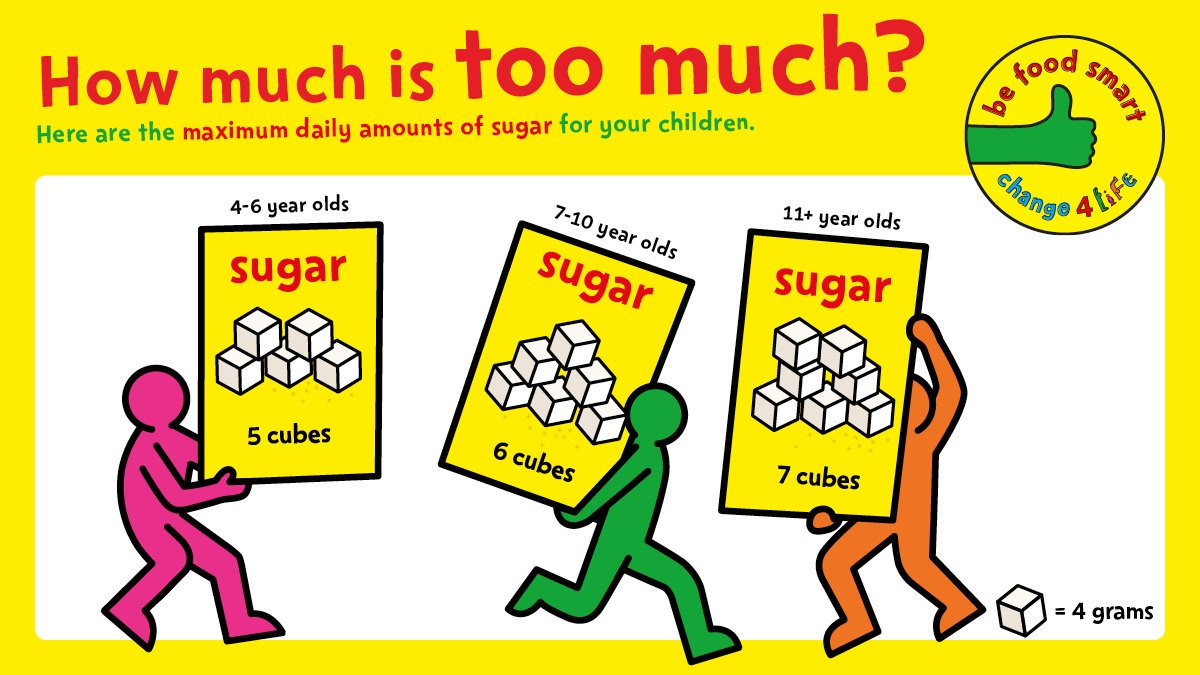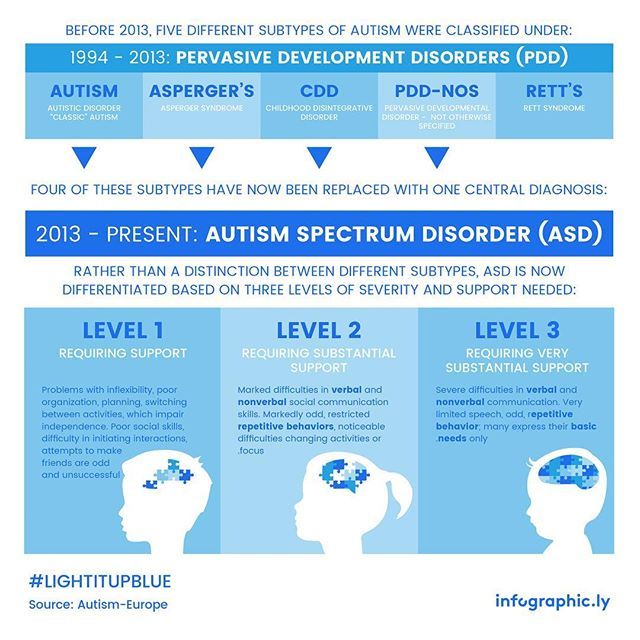How to write up child custody agreement
What are the Parts? How do I Make One?
Where do I start?
You can have a lawyer write your custody agreement — or if you want to save money, you can write it yourself. To do this easily, you can use the Custody X Change app.
You can wait to start writing until you've nailed down details with the other parent, or you can create drafts earlier in the process. Ideally, parents should work together closely, rather than have one simply sign off at the end.
Custody X Change is software that creates professional-quality custody agreements and parenting schedules.
Make My Custody Agreement Now
What goes into my custody agreement?
Your agreement should contain:
- A custody and visitation schedule (including a holiday schedule)
- Parenting provisions
- Child support information
- Anything else that will help you and the other parent raise the child
The custody and visitation schedule outlines when the child spends time with each parent. It should show where the child is every day of the year, including holidays.
A complete schedule has:
- A residential or weekday schedule: This is the basic schedule that repeats throughout the year. It shows when the child is with each parent during regular weeks and weekends.
- A holiday schedule: This shows where the child spends time during holidays, school breaks and other special occasions.
- Vacation time: This schedule shows each parent's vacation time with the child.
- Special events: These are one-time events where the normal schedule changes.
If you create your schedule with Custody X Change, you'll be able to:
- Explore common schedules until you find the right one for your child
- Visualize your schedule with a color-coded calendar
- Calculate your time with the child and maximize it
- Easily make adjustments
- Sync your custody schedule with Google Calendar, Apple Calendar, Outlook, etc.
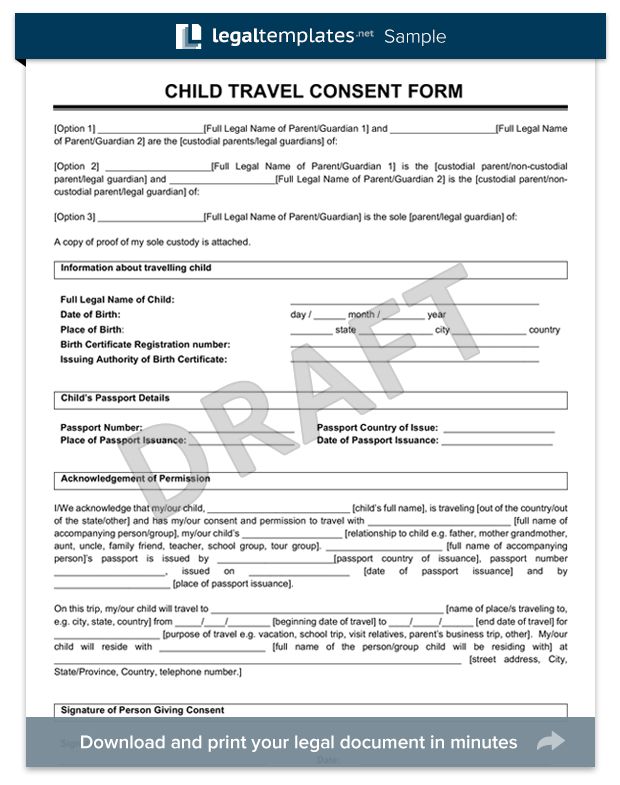
- Print copies so both parents know what's going on at all times
Parenting provisions are the rules both parents agree to follow when raising the child.
Provisions that your agreement should contain include:
- Whether the parents will share legal custody or one parent will have legal custody (the authority to make decisions for the child)
- How the parents will decide on medical and dental care for the child (including how they will provide insurance)
- Information about the child's schooling and education
- How the parents will handle disputes
- How the parents will make changes to the agreement
Some other helpful provisions for your agreement are:
- How the parents will handle transportation for visits
- How the parents will exchange the child
- How the parents will decide which extracurricular activities the child can participate in
- A rule about the parents not saying negative things about the other parent to the child
- Whether one parent will get the opportunity to watch the child when the other parent needs a babysitter (called the right of first refusal)
- How the parents will communicate about the child
In Custody X Change, you can choose from more than 140 common provisions, as well as create your own.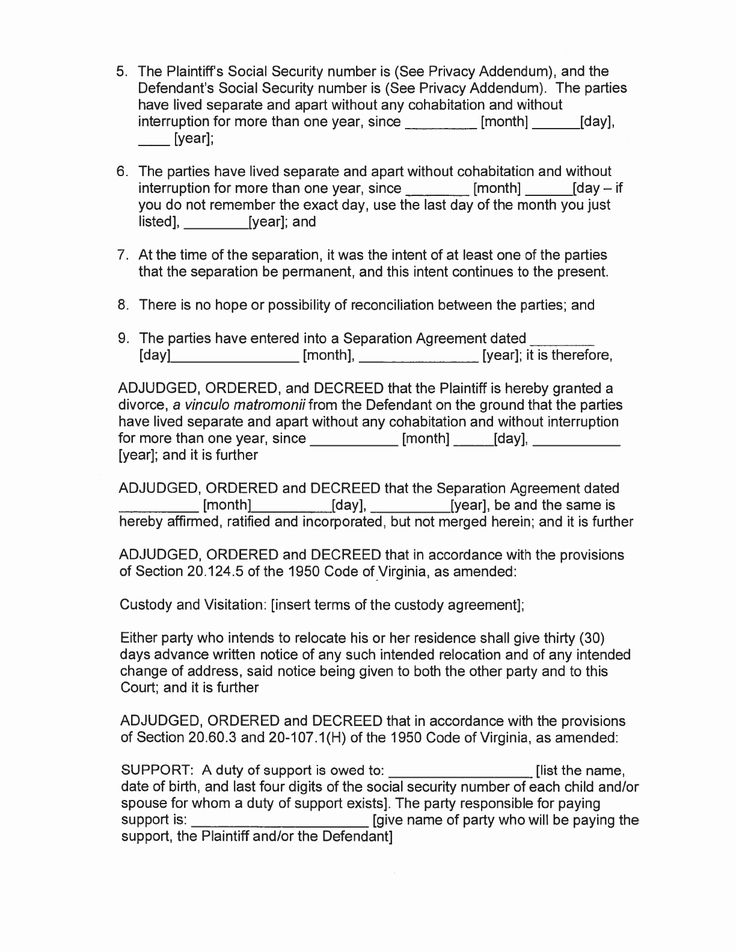
Child support details depend on your state's child support formula, unless you and the other parent agree to a different amount.
Generally, support formulas use the number of children in a case, each parent's income and their percentage of time with the children.
It's important to calculate parenting time precisely so the child support award is right. Custody X Change instantly shows you the amount of time each parent has the child — by month or by year, including or excluding school hours.
A few states, such as Washington, keep child support information separate from custody agreements. Check local rules.
What is a joint custody agreement?
Joint custody can mean two things.
- Joint physical custody is when the children spend significant time living with both parents. Some states require a certain parenting timeshare to qualify as joint physical custody.
- Joint legal custody is when parents both have authority and responsibility to make decisions for the children.
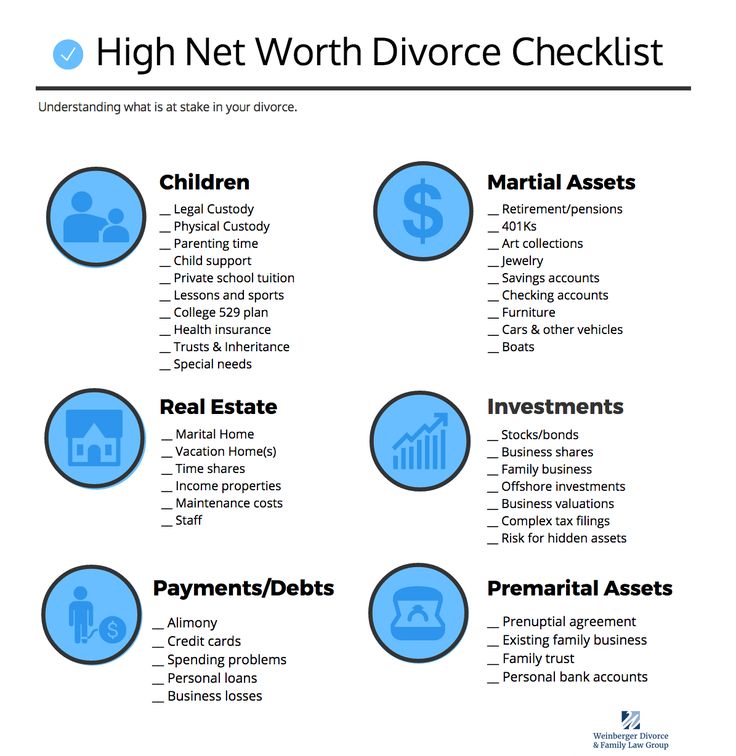
In joint custody agreements, parents generally agree to share joint physical and legal custody.
What is a sole custody agreement?
Sole custody can mean two things.
- Sole physical custody is when the children live with one parent. They typically have visits with the other parent.
- Sole legal custody is when only one parent has the authority and responsibility to make major decisions for the children.
In sole custody agreements, parents usually agree that one of them should have sole physical and legal custody. States generally approve this arrangement when parents consider it best, even though many states officially prefer joint custody.
How do I make my agreement official?
You need to submit it to the court when you settle your divorce or custody case. You may be able to submit your own document, or you may have to fill out specific paperwork. Check agreement guidelines in your location.
Judges almost always approve agreements between parents, unless it could harm the child.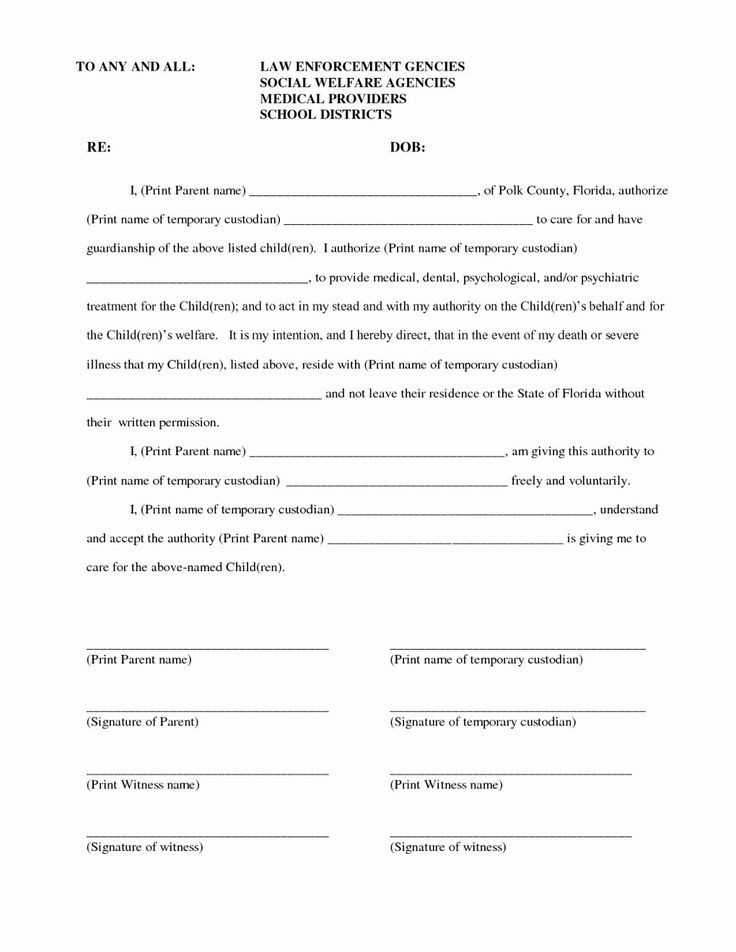 If a parent objects to an agreement, the case goes to trial so the judge can decide custody.
If a parent objects to an agreement, the case goes to trial so the judge can decide custody.
Once your agreement is filed and the judge approves it, it becomes a court order. This means that you can go to court if the other parent violates it. If you make an agreement and don't file it, the court cannot help you.
How do I make changes to my agreement after it is official?
You have two options for modifying your agreement. If you and the other parent see eye to eye on changes, you can file a new agreement with the court. If you don't agree on changes, you'll have to return to court so a judge can decide if they're in the best interest of the child.
Once you have an agreement in place, Custody X Change helps you know how well it's working. With the app, you can track the actual time each parent has with the children and journal about parenting and custody. You can use these and other tools if you ever need to make changes to your agreement.
The easiest way to make a custody agreement
Creating a custody agreement on your own can feel overwhelming.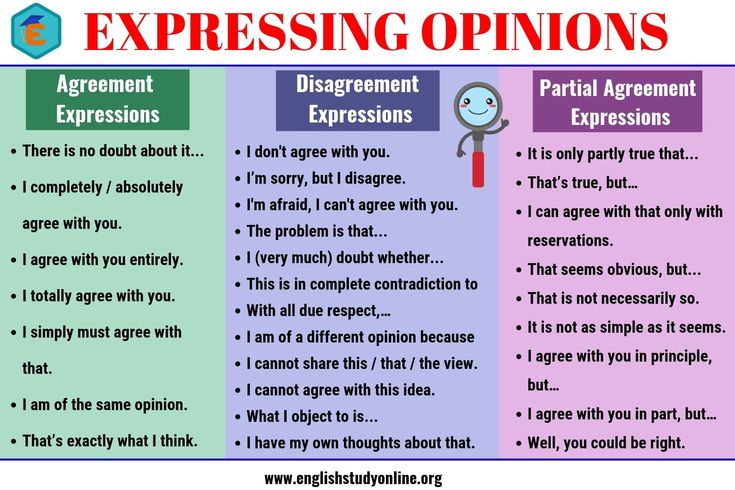 You have to address all possible situations, while using airtight legal language.
You have to address all possible situations, while using airtight legal language.
Use technology to take the guesswork out of the equation. The Custody X Change app walks you through each step of creating an agreement.
The result will be a professional document that demonstrates your competence as a parent and secures your child's future.
The easiest and most reliable way to make a custody agreement is with Custody X Change.
Custody X Change is software that creates professional-quality custody agreements and parenting schedules.
Make My Custody Agreement Now
Custody X Change is software that creates professional-quality custody agreements and parenting schedules.
Make My AgreementFree Child Custody Agreement Template, Sample for Unmarried and Married Parents
POPULAR
PandaDocPrepared for:
[Client.FirstName][Client.LastName]
[Client.Company]
Created by:
[Sender.FirstName][Sender.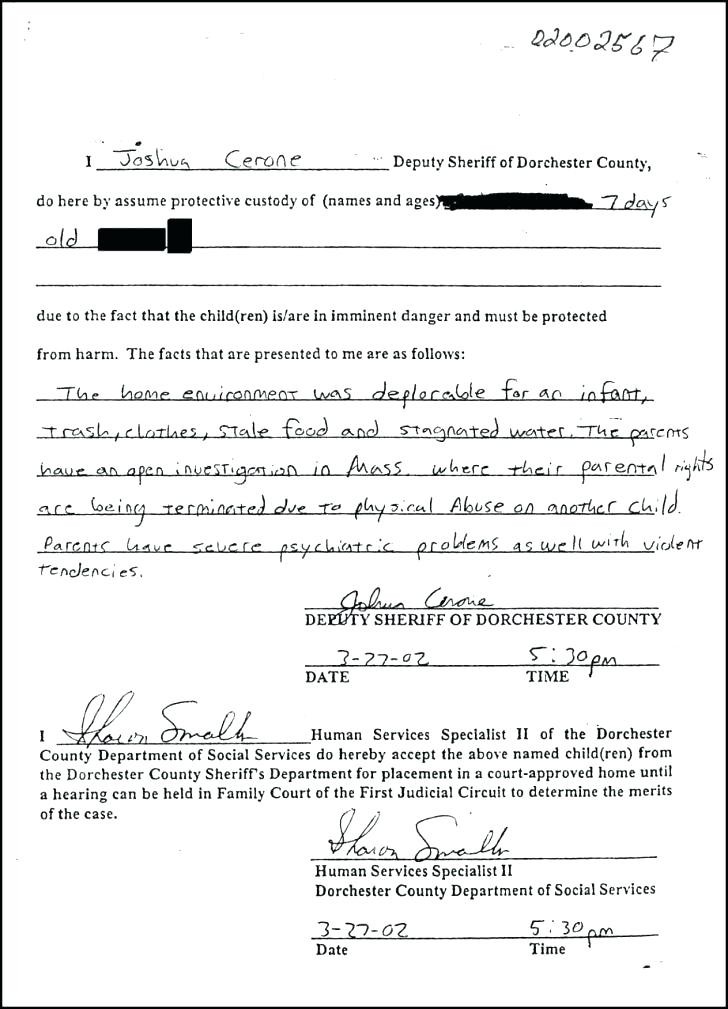 LastName]
LastName]
[Sender.Company]
What is a child custody agreement? A child custody agreement template is a document you can use to establish custody arrangements with your co-parent. It builds upon existing legal documents such as child support orders, and consists of sections on legal custody and decision making, general provisions, transportation and exchange, and residential custody and access rights.
THIS CUSTODY AGREEMENT (also known as this “Agreement”) is made and entered into by [Father.Name] (“the father”) and [Mother.Name] (“the mother”), on [date] in [city, state, country].
Both the father and mother will be collectively referred to as the “Parties” in this Agreement.
THE PARTIES AGREE AS FOLLOWS:
THAT the Parties are the parents of the following minor children:
To make sure that the children can be properly identified, include all of your children’s names, including middle names and nicknames.
- [Child.Name], born on [DOB], and
- [Child.
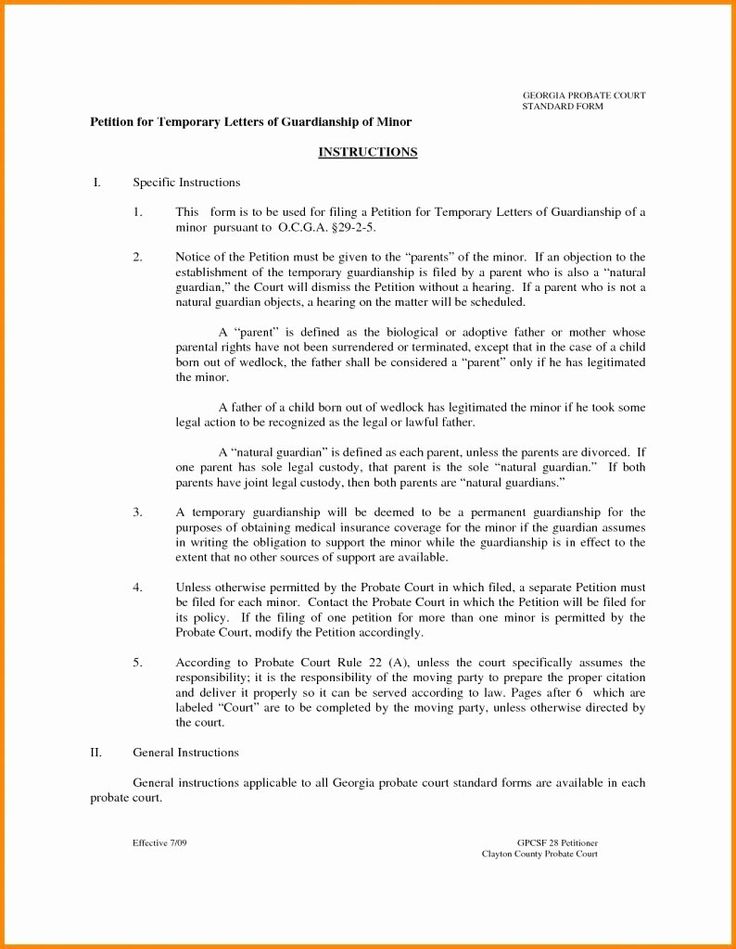 Name], born on [DOB] (this Agreement will refer to both children as “the children”), and
Name], born on [DOB] (this Agreement will refer to both children as “the children”), and
THAT the Parties wish to enter into this Custody Agreement in order to settle the care and custody of the children.
Legal custody and decision makingThe [parent 1] will have exclusive and sole custody of the children and all final decision-making authority related to significant matters impacting the welfare of the children, including but not limited to matters of education (including extracurricular activities), religion, and medical care.
The non-custodial parent, [parent 2], will, except in the event of an emergency, be given the opportunity to make significant decisions.
General provisionsDuring any period of parenting, both parents will be expected to spend as much time as possible with the children. This means that the Parties will not hire child care services or babysitters for extended periods of time except when necessary.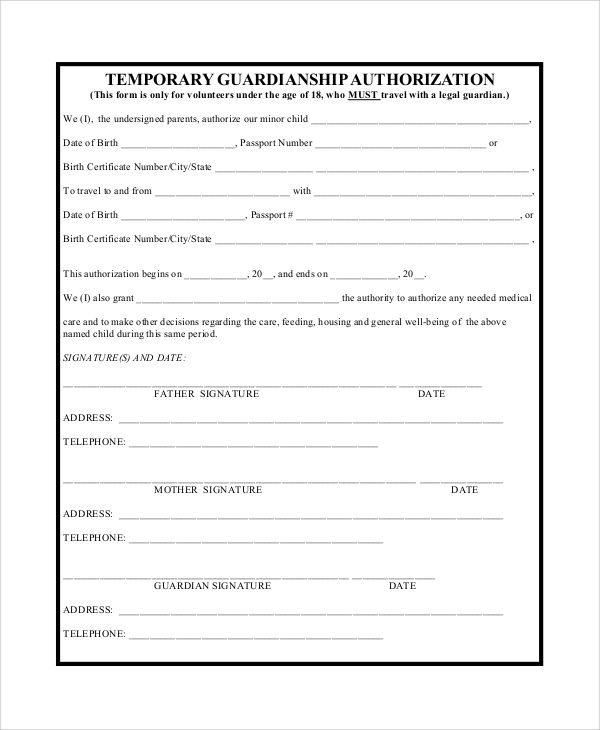
Each parent agrees to avoid interfering with the other parent’s schedule unless the other parent consents.
In addition to the clauses here, you can also include provisions about the child’s or children’s belongings, such as how each parent will provide clothing or school supplies for the child or children to make exchanges easier.
Transportation and exchangeThe Parties agree to exchange the child at [address].
[If your children go to daycare, talk about which parent is responsible for transporting them to and from daycare.]
If the parents can’t agree on a mutually agreed exchange location and the exchange isn’t at the minor child’s school, the [parent 1 or parent 2] or an adult representative appointed by them, [Representative.FirstName][Representative.LastName], will pick up and drop off the children in front of the other parent’s home.
Only insured or licensed drivers in vehicles with legal child-restraint devices will drive the children to ensure their safety.
The parents will not discuss conflicts pertaining to the children, their court case, or their own personal issues during the exchange times.
Residential custody and access rights
If you have existing legal documents such as child support orders as determined by the court, you need to refer to them when filling out this section. You can add clauses below to reference the content of these legal documents. Feel free to consult with your lawyer when writing this Agreement.
The [parent 1] will have residential custody of the children.
As such, the children will reside at the [parent 1]’s residential address, and the [parent 1] will be entitled to child support, which will be paid by the [parent 2].
You can remove the following paragraph if you don’t have a current child support order.
The Parties recognize that there is a current child support order determined by [court name and jurisdiction] under the case or docket number [number]. Under this order, [parent 2] must pay child support in the amount of [amount]. A copy of all child support orders by the aforementioned court is attached.
Under this order, [parent 2] must pay child support in the amount of [amount]. A copy of all child support orders by the aforementioned court is attached.
In the event of the [parent 1]’s death or in the event that the [parent 1] becomes incapable of performing [pronoun] responsibilities as the custodial parent of the children, the [parent 2] will assume all such responsibilities as the custodial parent.
The [parent 2] will have access to the children as laid out in the schedule and terms below (or as otherwise agreed between the Parties).
The Parties agree that school breaks will not impact the custody schedule or exchanges and that the children will remain with the [parent 1], who has residential custody of the children.
The [parent 2] will not have access to the children on any weekday and will only have access to the children on every other weekend (including three-day weekends per school schedules). The only exceptions are:
Change, add, or remove the following clauses as needed. You can also add clauses about other special occasions such as travel. For example: “Every year, the [parent 1] may go on vacation with the [children or child] for up to [number] days, for no more than [number] consecutive days at once.”
You can also add clauses about other special occasions such as travel. For example: “Every year, the [parent 1] may go on vacation with the [children or child] for up to [number] days, for no more than [number] consecutive days at once.”
1.[Parent 2’s day, i.e. Mother’s Day or Father’s Day]. The [parent 2] will have access to the children on [Parent 2’s Day] from [time, i.e. certain years, or every other year, etc.].
2. Children’s birthdays. If the [parent 2] does not have access to a child on the child’s birthday, the [parent 2] will have access to the child for up to [number] hours.
3. [Parent 2]’s birthday. If the [parent 2] does not have access to the children on [pronoun] birthday, the [parent 2] will have access to the children for up to [number] hours.
4. Holidays (“odd” years). The [parent 2] will have access to the children on the following holidays in year [number] of this Agreement and all other odd-numbered years of this Agreement:
- Christmas
- 4th of July
5. Holidays (“even” years). The [parent 2] will have access to the children on the following holidays in year [number] of this Agreement and all other even-numbered years of this Agreement:
Holidays (“even” years). The [parent 2] will have access to the children on the following holidays in year [number] of this Agreement and all other even-numbered years of this Agreement:
- Easter
- Diwali
6. Vacations. The [parent 2] will have up to [number] weeks of unrestricted access to the children during [list months] provided that the [parent 2] works in good faith with the [parent 1] and tries [pronoun] best to schedule vacations on dates convenient for the [parent 1].
The [parent 1] will have access to the children at all times when the [parent 2] does not have access. Additionally, [parent 1] will have access to the children in the following scenarios:
- [Parent 1’s day, i.e. Mother’s Day or Father’s Day]. The [parent 1] will have access to the children on [Parent 1’s Day] from [time, i.e. certain years, or every other year, etc.].
- Children’s birthdays. If the [parent 1] does not have access to a child on the child’s birthday, the [parent 1] will nevertheless have access to such child for up to [number] hours.
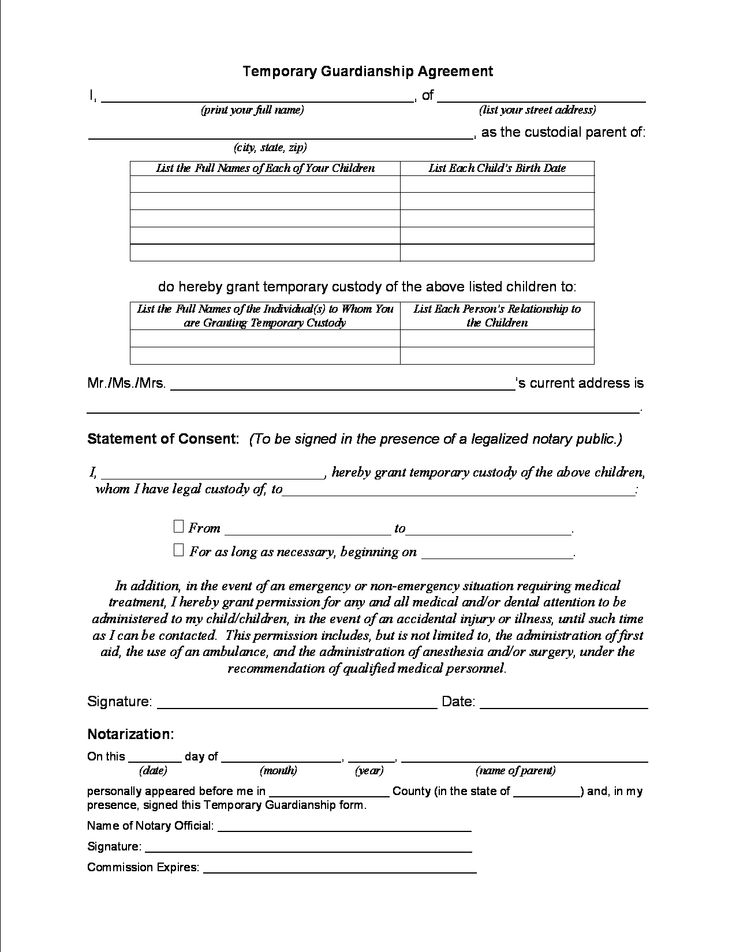
- [Parent 1]’s birthday. If the [parent 1] does not have access to the children on [pronoun] birthday, the [parent 1] will have access to the children for up to [number] hours.
See the attached Visitation Schedule for more information.
Attach an Excel, Word, or Google Doc document that shows what a yearly visitation schedule (including a holiday schedule) would look like.
By signing, the Parties declare this Agreement executed, delivered, and effective as of the date of the last party to sign this Agreement below.
The Parties agree that an electronic signature has the same full force and effect as an original signature.
[Sender.Company]
Signature
MM/DD/YYYY
[Sender.FirstName][Sender.LastName]
[Client.Company]
Signature
MM/DD/YYYY
[Client.FirstName][Client.LastName]
How to get custody of a child, elderly or disabled?
What is guardianship?
In Russia, citizens who need guardianship include minors, that is, children under 14, as well as persons recognized by the court as incompetent.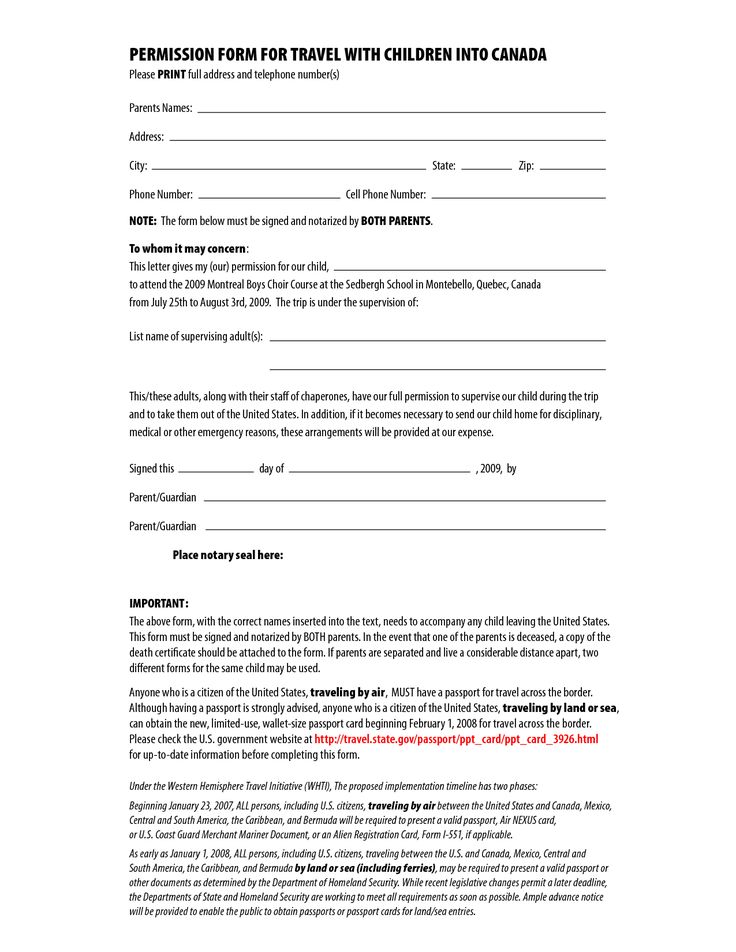 We are talking about people who, due to a mental disorder, cannot understand the meaning of their actions or control them. This is stated by the Federal Law "On guardianship and guardianship". Based on the document, citizens appointed by the body of guardianship and guardianship "are the legal representatives of the wards, and perform on their behalf and in their interests all legally significant actions."
We are talking about people who, due to a mental disorder, cannot understand the meaning of their actions or control them. This is stated by the Federal Law "On guardianship and guardianship". Based on the document, citizens appointed by the body of guardianship and guardianship "are the legal representatives of the wards, and perform on their behalf and in their interests all legally significant actions."
Guardianship is aimed at protecting the interests of the listed categories of citizens, as well as the very possibility of declaring a citizen incompetent in a judicial proceeding. This was also emphasized by the Constitutional Court in the framework of Resolution No. 15-P dated June 27, 2012 “On the case of checking the constitutionality of paragraphs 1 and 2 of Article 29, paragraph 2 of Article 31 and Article 32 of the Civil Code of the Russian Federation in connection with the complaint of citizen I.B. Business". nine0009
How is guardianship different from guardianship?
In addition to guardianship, there is also guardianship, under which adolescents aged 14 to 18, as well as persons with limited legal capacity, can fall.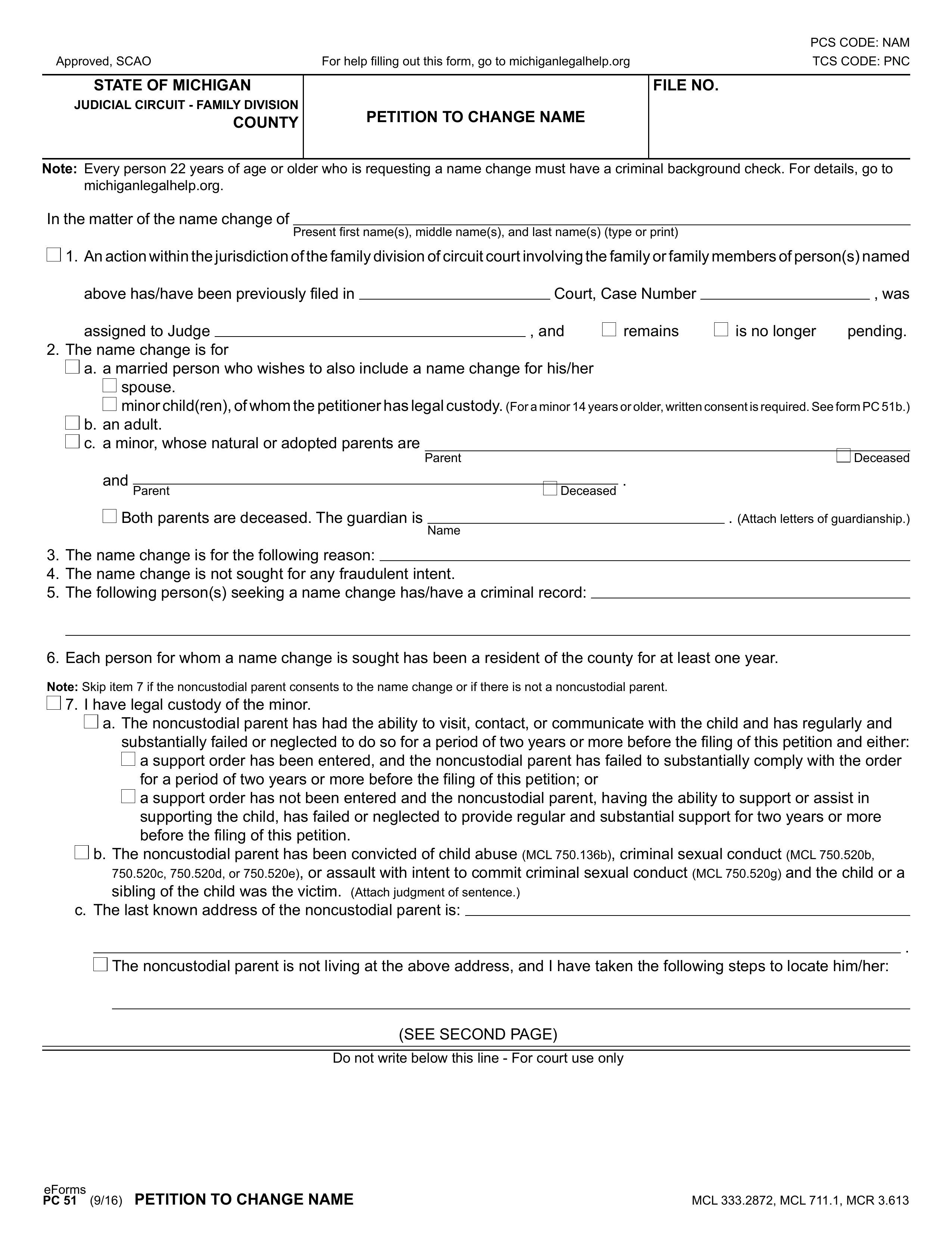 Such people cannot be fully responsible for their actions. This category has more rights than minors and the incapacitated. For example, they can independently perform small everyday transactions and actions provided for by law (dispose of their own income, etc.). However, in other cases, they are obliged to assist the trustee. nine0009
Such people cannot be fully responsible for their actions. This category has more rights than minors and the incapacitated. For example, they can independently perform small everyday transactions and actions provided for by law (dispose of their own income, etc.). However, in other cases, they are obliged to assist the trustee. nine0009
It turns out that the guardian has more rights and obligations than the guardian, and therefore a greater responsibility falls on him.
Who can become a guardian or custodian?
The main requirement for the candidate is full legal capacity. And since it comes from the age of 18, the guardian must be of age. The law also establishes a list of restrictions. Guardianship cannot be issued by persons:
- deprived of parental rights;
- having an unexpunged or outstanding conviction for an intentional crime against life or health; nine0028
- who did not agree to become a guardian.
When it comes to guardianship of young children (under 14), additional restrictions are set.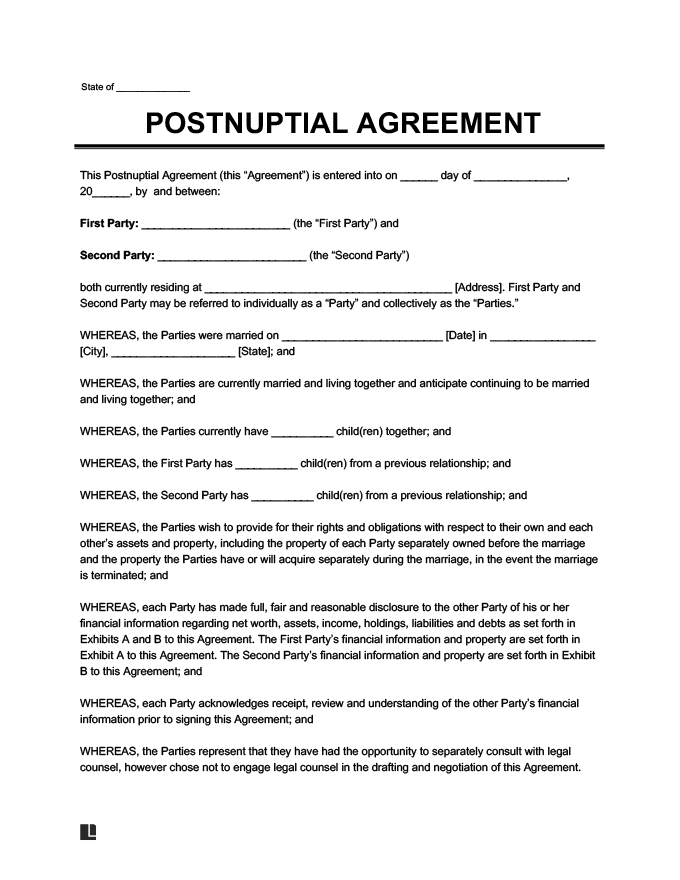 Future guardians must undergo special psychological, pedagogical and legal training, as well as prove that they are in a bisexual marriage. Those who have registered a same-sex marriage in the territory of another state will not be able to arrange guardianship.
Future guardians must undergo special psychological, pedagogical and legal training, as well as prove that they are in a bisexual marriage. Those who have registered a same-sex marriage in the territory of another state will not be able to arrange guardianship.
Arranging child custody
This process is supervised by guardianship authorities. To find out all the details of the procedure, you must contact the district office. The state is interested in ensuring that children are not left unattended, are not placed in orphanages and boarding schools, and therefore, most likely, those who wish to arrange guardianship will be met halfway and will be helped in every possible way.
The candidate needs to write an application, collect documents confirming, among other things, the passage of special training, and in case of a positive answer, sign an agreement. nine0009
How can I get guardianship of an elderly incapacitated person?
The algorithm is the same as for children - the guardianship and guardianship authority will also deal with the issue of guardianship.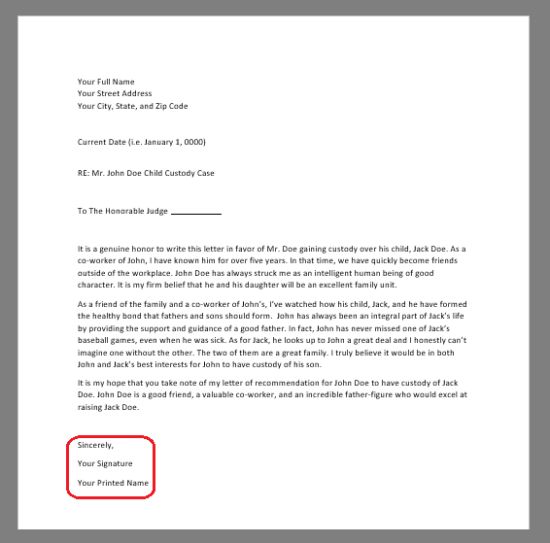 However, there are also differences. Thus, custody of an elderly or adult person does not always involve the joint residence of the guardian and his ward. This issue is decided individually, but cohabitation, of course, is welcome. It is much easier for a guardian to fulfill his duties and provide supervision, especially when it comes to a pensioner who, most likely, has a sufficient number of health problems. nine0009
However, there are also differences. Thus, custody of an elderly or adult person does not always involve the joint residence of the guardian and his ward. This issue is decided individually, but cohabitation, of course, is welcome. It is much easier for a guardian to fulfill his duties and provide supervision, especially when it comes to a pensioner who, most likely, has a sufficient number of health problems. nine0009
If cohabitation is intended, the consent of all members of the guardian's family living with him in the same dwelling, including children aged 10 years, must be obtained.
How to get paid guardianship?
There are two types of guardianship:
- free of charge;
- paid.
In the first case, nothing is paid to the guardian. Paid guardianship can have quite flexible conditions, which are fixed by the contract. In accordance with Article 16 of the Federal Law “On Custody and Custody”, remuneration can also be paid at the expense of third parties, from the income from the property of the ward (no more than 5% and only if he is already an adult), as well as from the budget .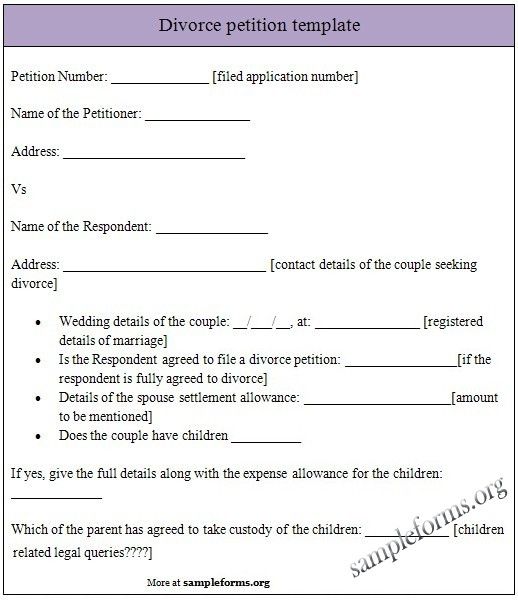 nine0009
nine0009
Features of the legal status
The guardian has an unlimited range of powers - he represents the interests of the ward in any relationship, no matter what is discussed. Moreover, this rule applies even when registering custody of a minor with living parents. If the ward is a child, then the guardian acts as a father or mother. However, in some cases notification of guardianship authorities is required. They can also establish restrictions on the actions of the guardian or, conversely, oblige him to perform any actions. All this is recorded in the act on the appointment of a guardian or custodian, or in an agreement on the implementation of guardianship or guardianship. nine0009
What documents are required for registration of guardianship?
- Written statement of consent to the establishment of guardianship.
- Documents of the guardian: proof of identity, proof of income, no criminal record, state of health (medical report in the form established for persons wishing to obtain guardianship), marital status and the right to use the living quarters.
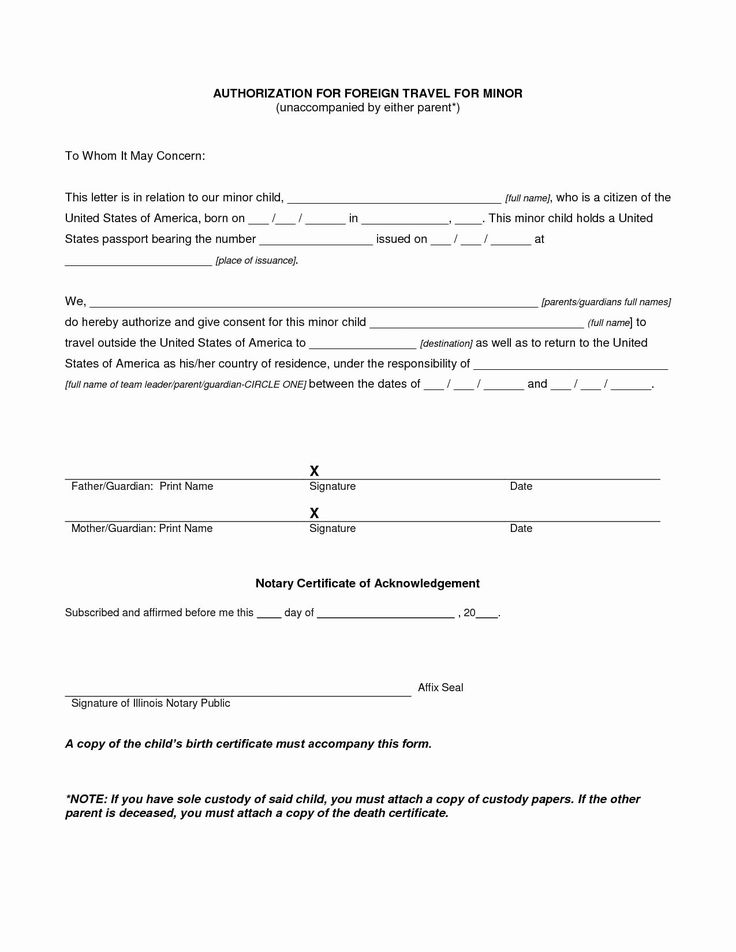
- Consent of family members of the future guardian, including children under 10 years old (provided they live with the guardian in the same territory) to live together with the ward. nine0028
- Documents of the ward: identification, income, from the place of study or work, medical certificates.
- Documents confirming kinship, if the candidate is a relative.
A complete list can be found on the State Services portal, which contains clarifications on the design and number of copies of documents. You can apply for guardianship there.
How often are post-custodial checks carried out?
- First month of guardianship - 1 check.
- First year of guardianship - 4 checks (every 3 months).
- Then - once every 6 months.
Image source: pixabay.com
Children in divorce
Divorce also affects children. The child must have an official guardian and a home address. In addition, the child has the right to meet with both parents.
In addition, the child has the right to meet with both parents.
- If you cannot agree
- Housing
- Guardianship
- Right to a meeting
- If there are difficulties in exercising the right to a meeting
- Child support
- Name of the child in case of divorce
- Abduction of a child (lapsikaappaus)
If the family has children under the age of 18, and the marriage ends , upon divorce, the following issues must be agreed upon:
- place of residence of the child,
- who will be the guardian of the child,
- how the right to meet will be organized,
- alimony.
If the parents have agreed on the place of residence of the child, his custody, the right to meet and alimony, then the local social department can approve this agreement. After the agreement is approved by the social department, it receives the same legal force as a court decision.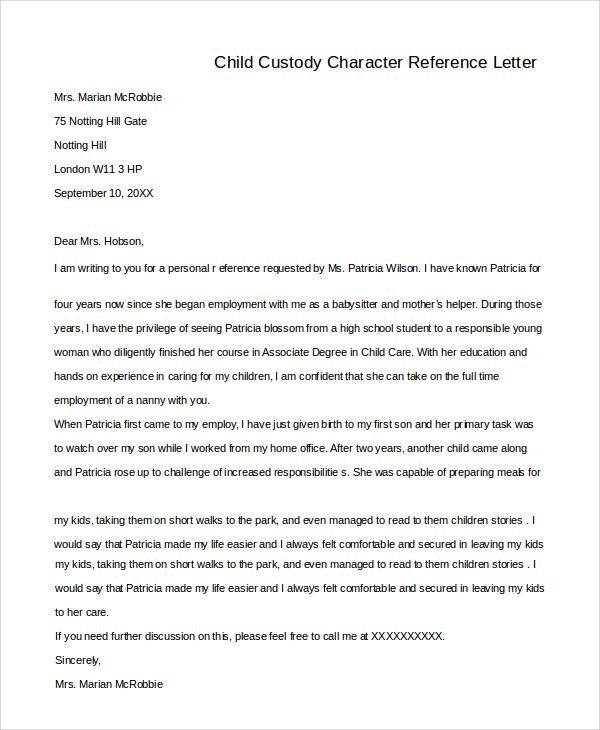
You can get more information from the social department of your place of residence.
External linkYhden Vanhemman Perheiden Liitto ry
Divorce in Finland External link
Finnish English Russian Estonian
Link to the external resourceannerheimin lastensuojeliliitto
series “Divorce in the family with children” Link to external resource
Finnish -brown -Russian -Bullets about the captivity if you cannot come to agree , about his guardianship, the right to a meeting and alimony, you can ask for help in the form of a family dispute settlement procedure (perheasioiden sovittelu). If this procedure also fails to reach an agreement, you must file an application with the county court. When making a decision, the judicial authority will take into account the interests of the child and his own opinion. The judicial authority may also request an opinion from the social welfare office in your place of residence.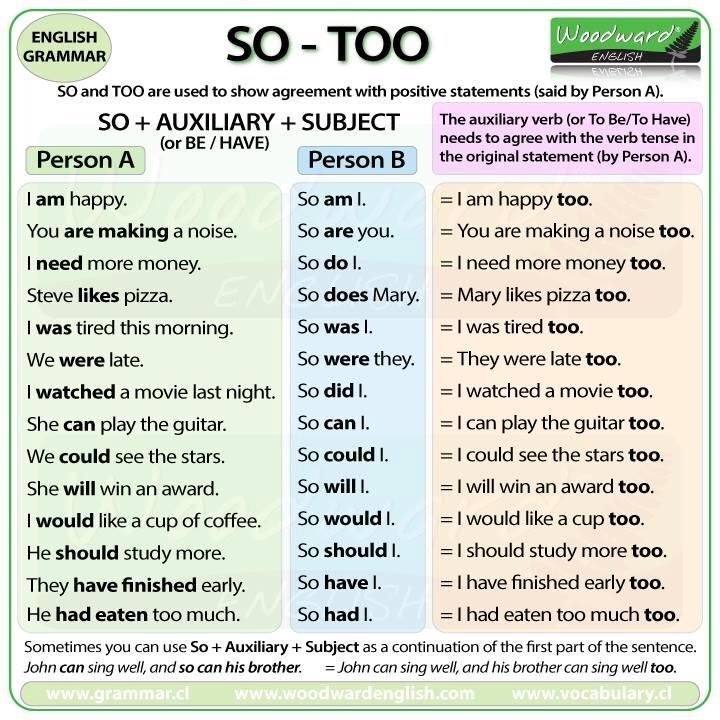 nine0009
nine0009
Find out about the procedure for settling family disputes at the social office in your municipality.
For more information about the services of a lawyer and legal aid, see the InfoFinland page Do you need a lawyer?.
Housing
Always consider your child's best interests when deciding where to live.
Officially, a child can only live in one place. When a divorce occurs, it is necessary to agree on which parent the child will officially live with. nine0009
In practice, a child may live for some time with either parent.
Child allowance is paid to the parent with whom the child officially resides. The child's official address also affects the housing allowance paid by Kela.
Guardianship
Child custody means:
- child care
- his upbringing
- managing the child's affairs and making decisions on them.
The child's guardian has the right to receive information about the child's affairs from officials.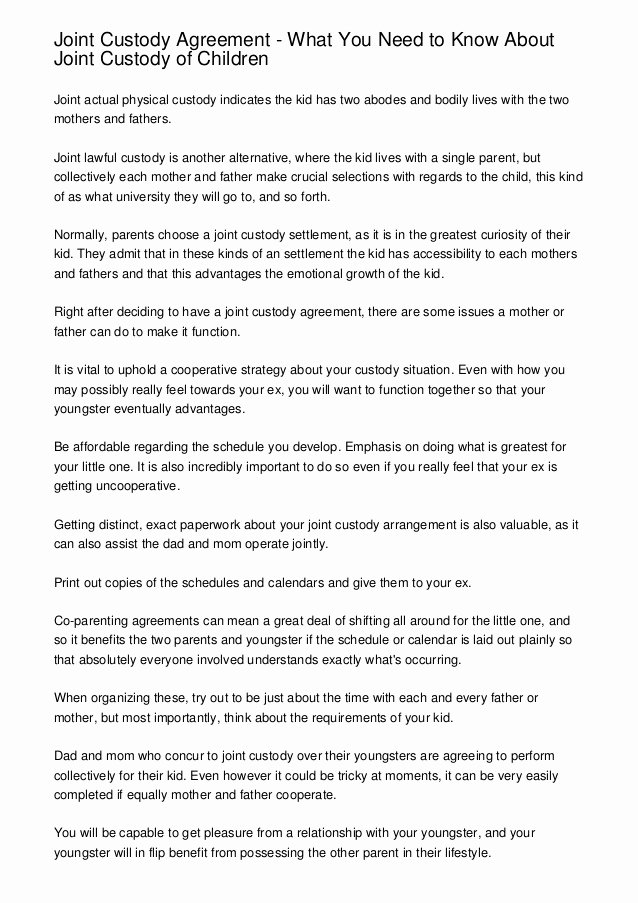 nine0009
nine0009
At the end of the marriage, the child's parents make a decision to organize custody of the child. Parents may agree on joint custody or sole custody by one of the parents. Guardianship does not depend on who the child lives with. More information about sole and joint custody is available on the InfoFinland website under Single-parent families.
External link Yhden Vanhemman Perheiden Liitto ry
General care and single care External link
Finnish
Right to meet
The child has the right to maintain contact after the divorce with both parents. He also has the right to meet with the parent with whom he does not live.
The right to visit may mean, for example, that the child lives with one of the parents and meets with the other parent every second weekend, as well as during the holidays for a certain period of time. If the child is still small, meetings can take place during the day.
The right to visit can be so extensive that the child will live with both parents for the same amount of time.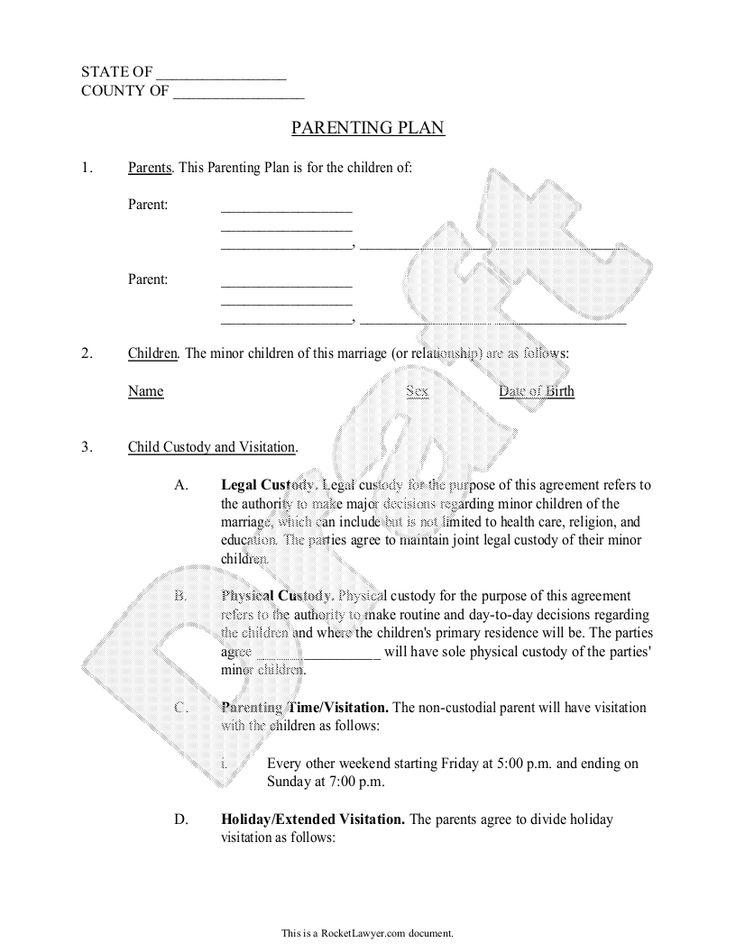 Officially, a child can have only one address. Always consider the interests of the child when making decisions. nine0009
Officially, a child can have only one address. Always consider the interests of the child when making decisions. nine0009
In the event of a divorce, you can agree in advance how often the child can see the parent who will be living separately. If you wish, you can make a written agreement about the order of meetings. You can also decide that the order of the meetings will be agreed each time separately.
External linkYhden Vanhemman Perheiden Liitto ry
How to arrange an appointmentExternal link
Finnish
If you have difficulty exercising the right to an appointment
If you have entered into a meeting agreement with the child, but the parent living with the child does not comply with this agreement, then the parent living apart may contact the child inspector at the place of residence of the child. The children's inspector organizes negotiations between parents.
If you think that there is a risk to the child's health and safety when meeting with the other parent, tell the social worker about it.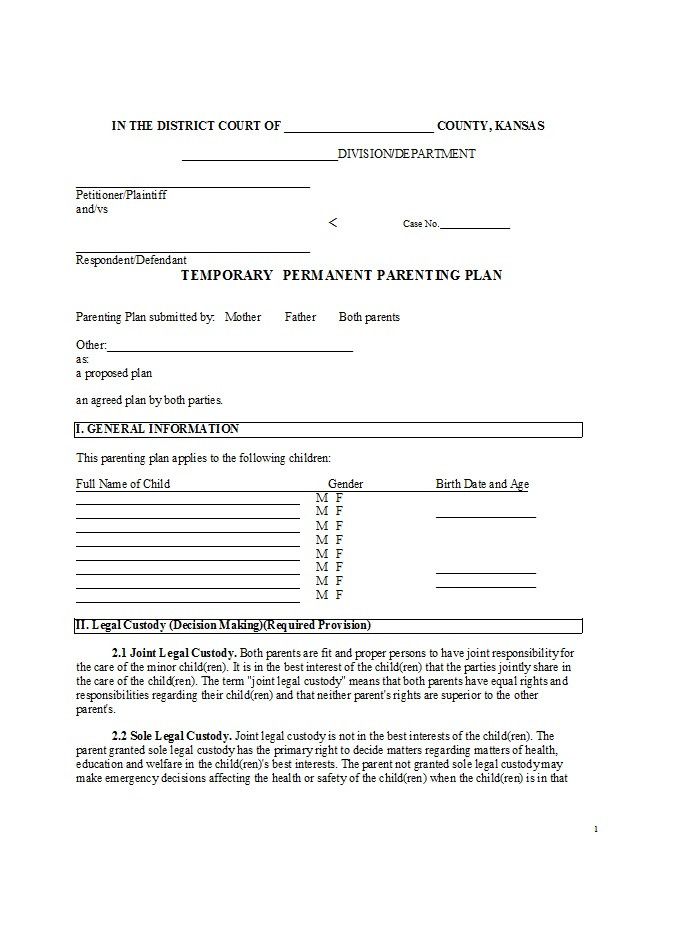 If you have good reason to be so suspicious, you can request that social workers be present at the meeting. nine0009
If you have good reason to be so suspicious, you can request that social workers be present at the meeting. nine0009
Child support
Both parents are responsible for the maintenance of a child under the age of 18, even if they live separately from each other. The parent who does not live with the child pays child support to the parent who lives with the child.
For more information on child support, see the InfoFinland page Single-parent families.
Link to an external resource Elatusvelvollisten liitto ry
Information for persons receiving and paying alimony Link to an external resource
Finnish
Child's surname upon divorce
The child's surname does not change when the parents divorce. However, the name can be changed. An application for a change of surname should be sent to the Agency for Digital Information and Population Records. If the child is over 12 years old, the written consent of the child is required to change the surname.